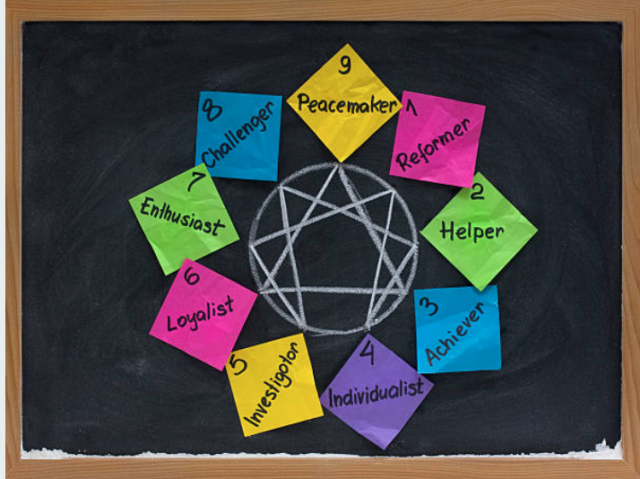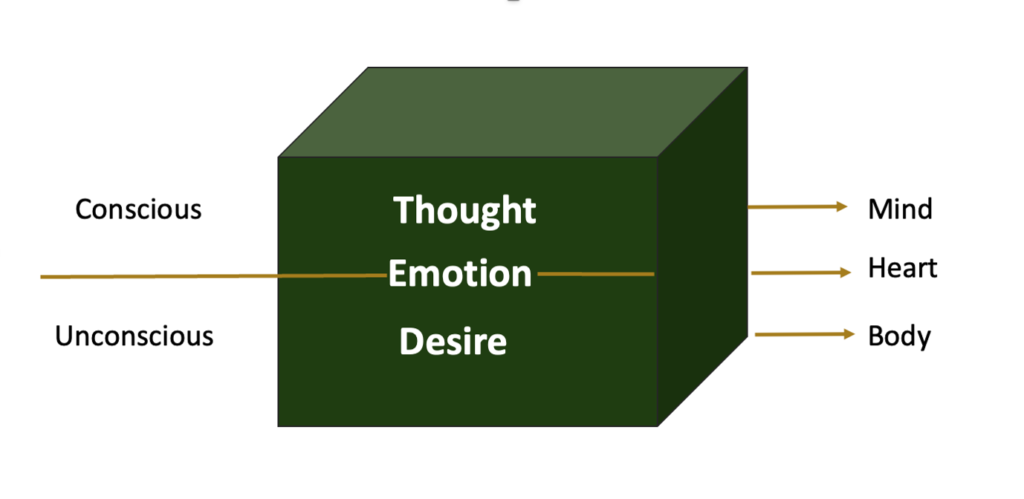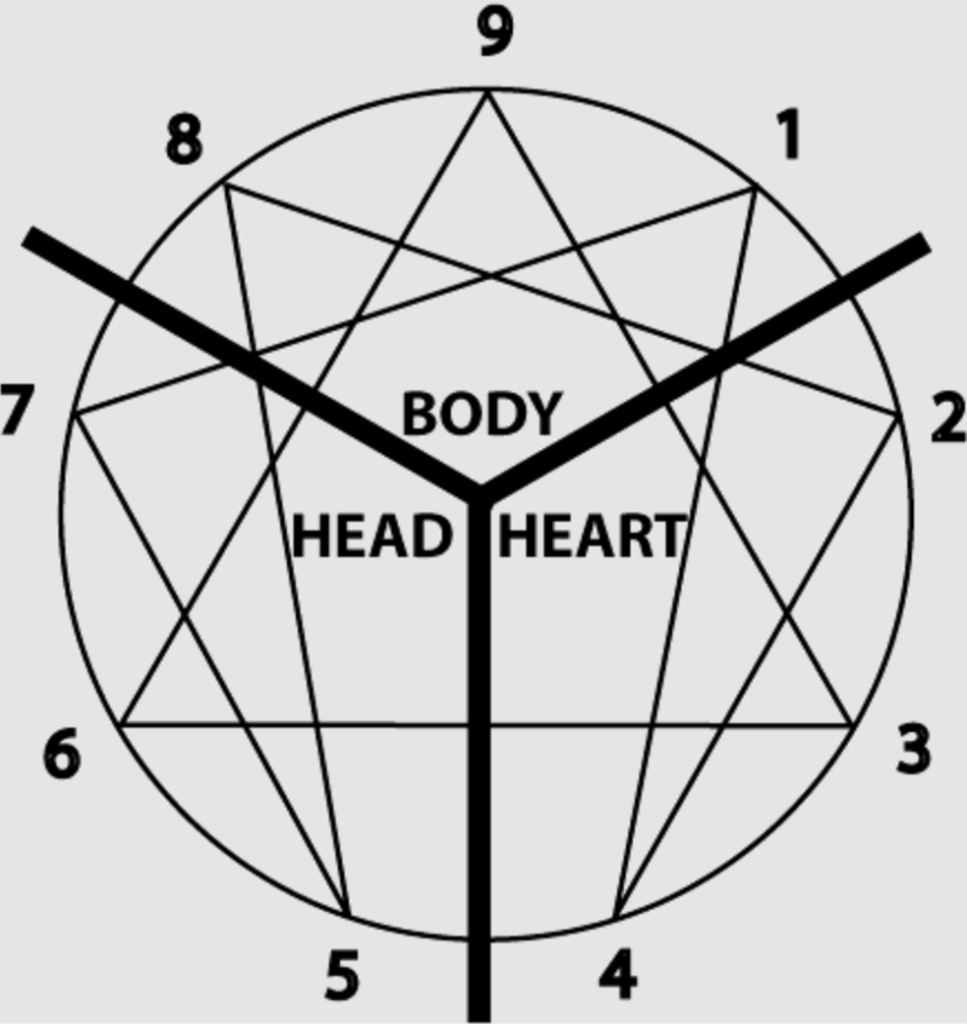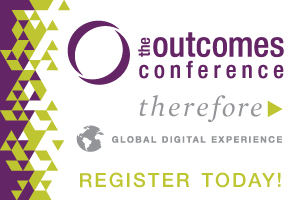
A Perspective on the Enneagram By Dr. Mark L. Vincent

The Enneagram-Everywhere Effect
Are you tired of the Enneagram-everywhere effect? Cynical about its relevance or accuracy? Think of it as overly complicated. Overtaking the conversations in your social circles? If so, I’m sorry, and I hope this short essay about its practical use prompts you to give it renewed consideration. I frequently use Enneagram insights in conversations with accomplished executives who need to keep growing even as they grow potential successors. And some Enneagram basics regularly find their way into Maestro-level leader cohort conversations. Read on.
SOMATIC REACTION
The idea of a somatic reaction was a new one for me. Unfortunately, events in and around this COVID era — whether tied to geo-political, global health, partisan, or cultural issues, have put many such reactions on display. And recently, we’ve learned that one cultural influencer, FOX News, knowingly fed our beasts.
Somatic reactions result in fight, flee, or freeze responses. They come as our brain first assesses whether what we are experiencing is a threat before we have a rational thought. Our body almost immediately reacts–and then we think. Maybe.
Maybe an actual lion will chase you. Perhaps you were in the room to witness a life-threatening diagnosis. Maybe there was a riot outside your home. More often than not, however, that roaring lion is just a cranky person; the life-threatening circumstance points to a healthy lifestyle change a person can choose to make, and the shouting outside your door is a frustrated person just trying to get home. Our unconscious responses — often rooted in anger, fear, or a sense of impending doom — need conscious perspective and choice, or we react in ways that do not match the actual circumstance. We will be ashamed later.
EMOTIONAL DRIVERS
Our psychological and physical desires drive our emotions to influence our overdone unconscious reactions. Here is one way to render this and where the Enneagram comes in:

Each one of us has a head, heart, and body. We name these to roughly correspond to where our thoughts, emotions, and desires lie. It is good for us when these three parts work together rather than in contradiction. Desire and emotion can be brought to conscious awareness (thought), where we can find internal harmony, but integration takes slower reflective work. Reacting short-circuits the process, disintegrating and shutting down our ability to think.
These three areas tie to the triads or intelligence within the Enneagram:
- 8,9,1 – center in the body (desire – what I want)
- 2,3,4 – center in the heart (emotions – what I feel)
- 5,6,7 – center in the mind (thoughts – what I think)
CRITICAL QUESTIONS

We have all three of these centers, even if there is one where we start most of the time. We benefit and become clearer from being conscious of them and ensuring they work together. Having these three centers, we can regularly call on three powerful questions when faced with complex problems or opportunities that initially seem threatening.
- What do I want?
- What do I feel?
- What do I think?
Breathing and taking our time to make sure we are in touch with all three helps us stay in the room and in the current moment.
A valuable order of these questions ties to where a person most often starts. Different persons will have a different sequence for these three questions (see the call out) as they move toward an integrated response rather than a disintegrating reaction.
KEY OBSERVATIONS
If you consider the first diagram above, you will notice:
- A person who starts with thoughts must work archeologically to dig down through emotions to what is happening in their bodies. When they do so, their thinking will expand because they can draw on more data.
- The person who starts with their heart has a constant dilemma. Shall I check in with my body or build upward toward more conscious thought? Whatever they choose gives them an additional step in their process as they always pass back through emotion on their way elsewhere. Such a person may have to briefly compartmentalize emotions before integrating them back in so that they can consider data and intuitive desire. And, when allowing themselves time to get to all three questions, they can provide the most well-examined insights.
- People who start with their bodies must build upward from their unconscious drive not to remain impulsive. Even if their gut intuition is on target, they must bring their heart and head along to communicate effectively with others.
Put a group of leaders together, each with a specific process to remain rational and present, and who are at different levels of developing this skill. Drawing on their integrated selves and combining everyone’s insights might slow a process down, but the results are more likely to be thorough, jointly owned, and lasting. Even more, there will be fewer additional meetings to work through emotional storms, desires that became passive-aggressive, or thoughts that could have been shared far earlier.
Our own asking these three questions of ourselves will help us more readily ask them of others who can then grow in their self and organizational leadership.
______________________
Closing Thoughts
Being vulnerable here: over time, I’ve made it a conscious sequence to check in with myself (mind, body, and heart) when facing a challenge or opportunity. Without doing so, I will unconsciously rather than consciously set aside my desire because of how I am put together. I’ll get stuck in what I think about a thing and become disconnected from my body, never even becoming aware of any related emotion. But when I stop and get in touch with my body (what do I want? what am I sensing? what does my gut say?), my emotions, followed by my thoughts, come together in an integrated fashion.
As I’ve become better at beginning from my starting place rather than ignoring it, I’m becoming more natural with what comes naturally to me. Fear, anger, or sense of impending doom reduces because I am far more myself.
#####
Dr. Mark L. Vincent is the Founder of Design Group International and the Society for Process Consulting. He hosts the Third Turn Podcast and facilitates Maestro-level leaders.

Are you entering your third turn of leadership? It may time to intentionally prepare for what comes next!
In this new year it may time to begin prepare for the future.
Learn More about Maestro-Level Leaders

At the Outcomes Conference 2023 and you’ll have a chance to meet Dr. Mark L. Vincent in person!
He will be serving as faculty for the Board Governance Track teaching the following session:
Breakthrough Workshop: Four Years Remaining
The Board/CEO relationship changes when succession and transition loom. Some engage too early or inappropriately. Others fail to engage at all. This workshop, pointing to the CLA Maestro-level leader initiative, lays out guiding guardrails. Outcomes: 1) Visiting what it means to govern where succession and transition are concerned, 2) Development of a succession/transition map from the board perspective, and 3) Identification of a possible next step.
Dr. Mark L. Vincent, Founder, Maestro-level Leaders|Design Group International, and Lon L. Swartzentruber, CEO & Managing Partner, Design Group International
REGISTER FOR CONFERENCE HERE!


What is Christian Leadership Alliance?
Christian Leadership Alliance equips and unites leaders to transform the world for Christ. We are the leaders of Christ-centered organizations who are dedicated to faithful stewardship for greater kingdom impact.
Sign up for FREE blog updates.
Upcoming Events
Check back later!


